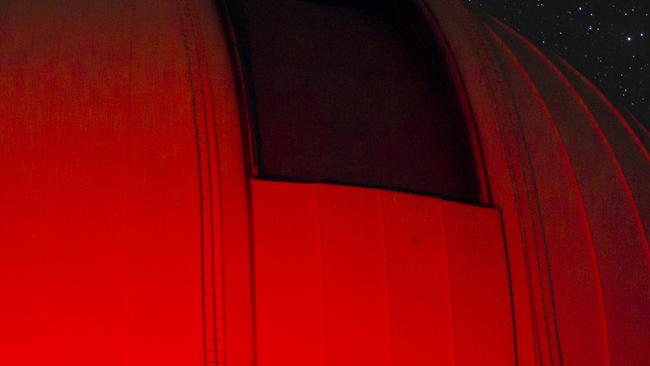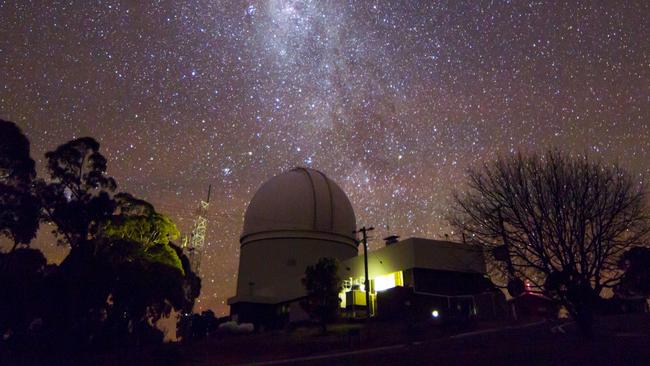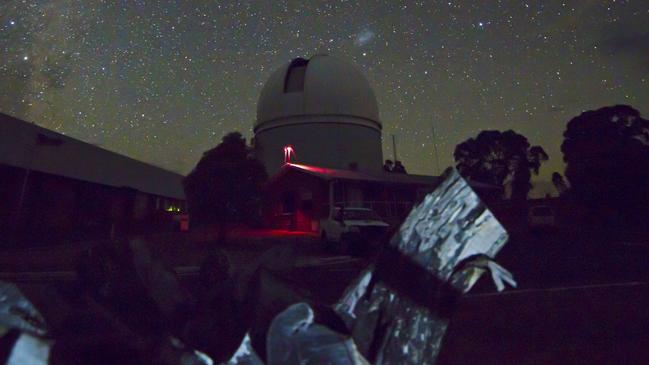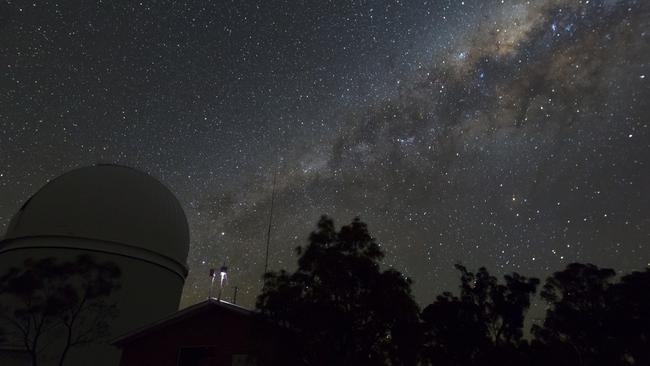Galaxies of stars like to go it alone
When and why a galaxy chooses to form a star has always puzzled astronomers — until now.

When and why a galaxy chooses to form a star has always puzzled astronomers — until now.
A landmark Australian-led survey has determined what makes galaxies produce more stars, showing that they do so when they are separated from other galaxies.
A total of 3068 galaxies were observed through the course of the seven-year project, all to answer a broader question scientists have asked for centuries: why do galaxies look and act the way they do?

“It is not an easy question, but it’s a fundamental question,” said co-author of the research paper Matt Owers, from Macquarie University in Sydney.
“We looked into the universe, and galaxies in various areas looked different depending on where they were. We needed to know why that was.”
For about 200 nights over the past seven years, the astronomers used a custom-built instrument called the Sydney-AAO Multi-Object Integral-Field Spectrograph (SAMI), to capture images of space.

The SAMI was connected to a 4m Ango-Australian telescope to observe and pinpoint galaxies and measure the stars within them. The highly advanced instruments allowed researchers to observe multiple galaxies simultaneously, when previously they could study only one at a time. One of the team’s key discoveries was that galaxies operate better when they are alone.
“Galaxies in super dense regions — close to where the other galaxies are — create less stars than ones that are by themselves,” Dr Owers said.
“Understanding the way stars form is a really interesting problem for us, and now we can see the way their surrounding environments impact that.”
The process of a galaxy winding down its star-making starts only a billion years after it drifts into the dense “inner-city” regions of clusters — a relatively short period of time in the astrology world.

Galaxies in highly populated areas may produce only one star a year, while those that are separated may create four or five, Dr Owers said.
The research also allowed scientists to conclude that a galaxy’s spin depends on the other galaxies around it, and the amount of rotation a galaxy has is primarily determined by its mass.
While the survey is over, by making the information gathered available to the public, the researchers hope it will continue to bear fruit for years to come.




To join the conversation, please log in. Don't have an account? Register
Join the conversation, you are commenting as Logout